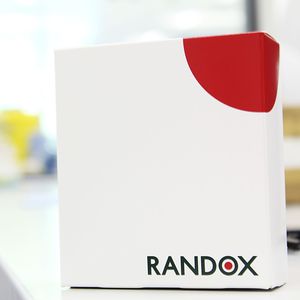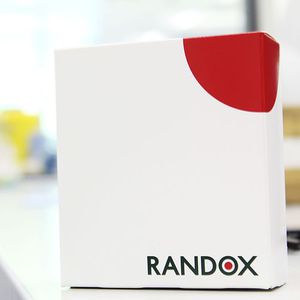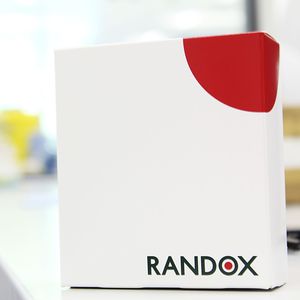
- Laboratory
- Laboratory medicine
- Solution reagent
- Randox Laboratories
Solution reagent RB seriesfor clinical chemistryD-3-hydroxybutyrate
Add to favorites
Compare this product
Characteristics
- Type
- solution
- Applications
- for clinical chemistry
- Tested parameter
- D-3-hydroxybutyrate
Description
The commercially available nitroprusside method is a semi-quantitative dipstick test which only detects acetone and acetoacetate. As the most abundant ketone produced during ketosis, D-3-hydroxybutyrate is more sensitive and specific.
Correlation
Exceptional correlation
A correlation coefficient of r=0.9954 was displayed when the Randox method was compared against other commercially available methods.
Precision
Excellent precision
The Randox Ranbut assay displayed an excellent precision of <3.5%.
Calibrator & Control
Calibrator and controls available
Calibrator and controls are available offering a complete testing package.
Applications available
Applications available detailing instrument-specific settings for the convenient use of the Randox Ranbut assay on a variety of clinical chemistry analysers.
Ketosis is a metabolic process that occurs when the body switches from glucose to predominantly fat metabolism for energy production, this happens when carbohydrate availability reaches low levels. The metabolism of fatty acids in the liver results in the production of chemical by-products known as ketone bodies or ketones. Ketosis occurs when the body produces more ketones than the liver can process.
DKA is a serious complication of both Type I Diabetes Mellitus (T1DM), however can also affect individuals with T2DM. The condition is linked to insulin deficiency and occurs when glucose levels are consistently high and insulin levels are severely low. Due to this imbalance glucose builds up in the blood and the body responds by metabolising fat rather than glucose. DKA is usually one of the first indicators of T1DM.
Catalogs
No catalogs are available for this product.
See all of Randox Laboratories‘s catalogsExhibitions
Meet this supplier at the following exhibition(s):

Related Searches
- RANDOX test kit
- RANDOX solution reagent
- RANDOX molecular biology reagent
- RANDOX research reagent
- RANDOX diagnostic reagent
- RANDOX laboratory reagent
- RANDOX protein reagent
- Cassette rapid diagnostic test
- RANDOX molecular biology test kit
- RANDOX enzyme reagent
- RANDOX rapid virus test
- Respiratory infection test kit
- Histology reagent kit
- RANDOX rapid infectious disease test
- Cassette assay kit
- RANDOX immunoanalysis reagent
- Cytology reagent kit
- Antibody
- COVID-19 detection kit
- RANDOX biochemistry reagent
*Prices are pre-tax. They exclude delivery charges and customs duties and do not include additional charges for installation or activation options. Prices are indicative only and may vary by country, with changes to the cost of raw materials and exchange rates.































































